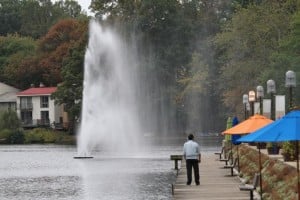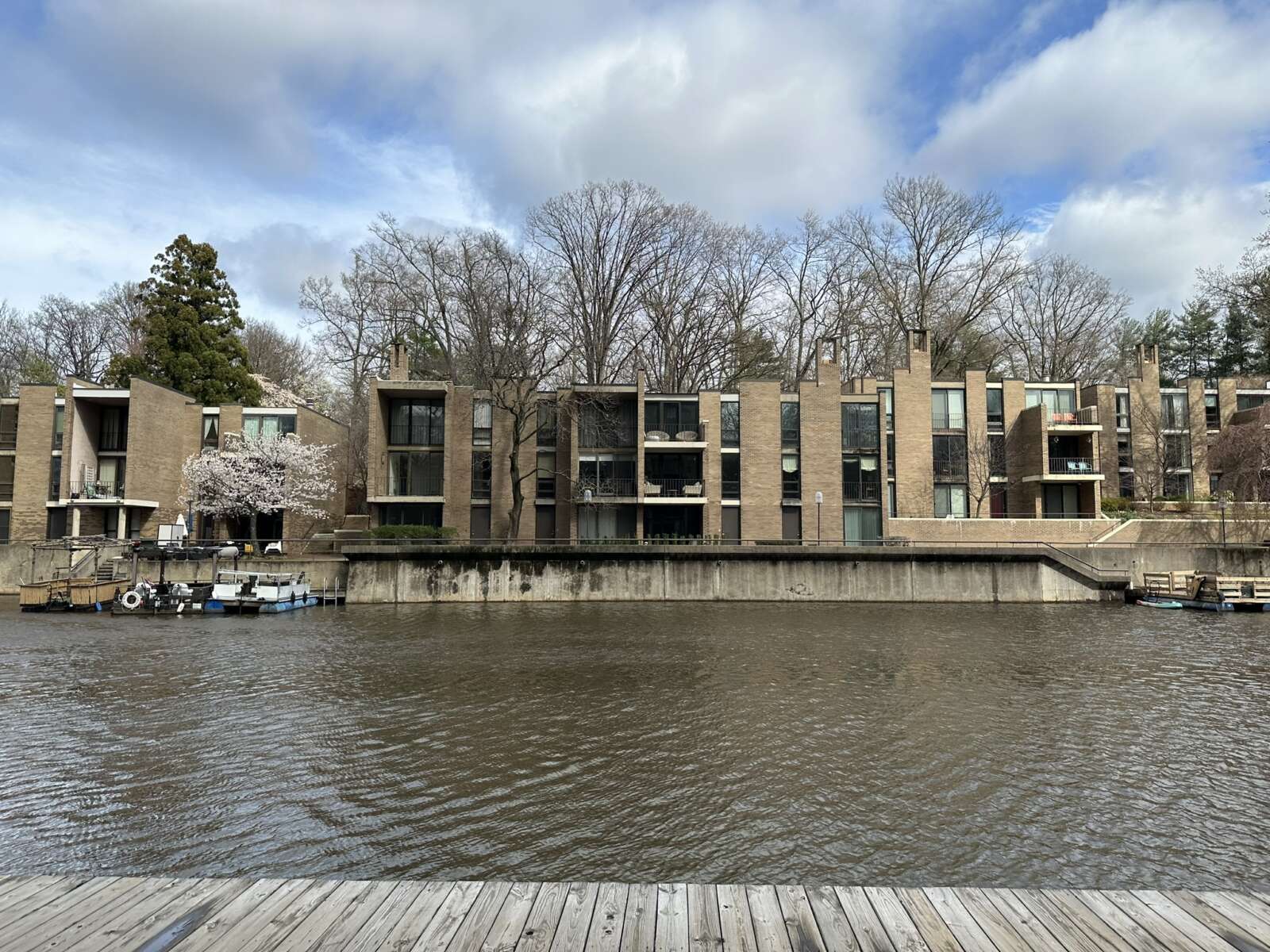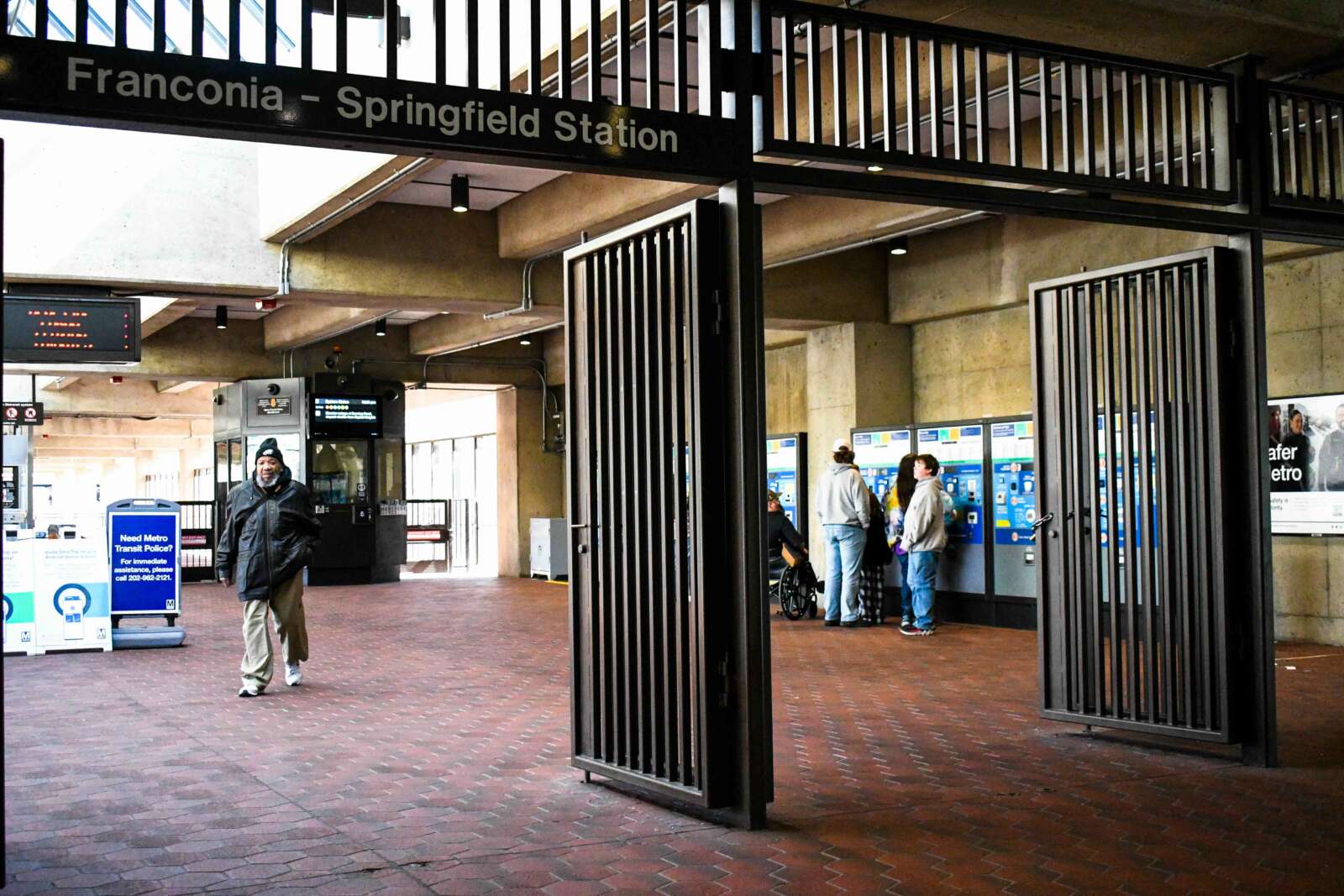 Written by Nigel Phillips. Submit your letters to the editor to [email protected].
Written by Nigel Phillips. Submit your letters to the editor to [email protected].
I think all of us are for supporting moves for making sure that the ‘1.1 acres’, as I call the Reston Association land that is up for a swap consideration as part of the Lake Anne redevelopment, is properly managed in its widest sense for the benefit of the community. This is important, because it’s not in the middle of Hunters Wood, it’s going to be in the middle of one gigantic building site before too long. And not just for a few months, but for several years.
Trees have a nasty habit of disappearing when construction starts on any building site, especially when they’re right in the middle of things. When the building is complete this ‘1.1 acres’ is definitely going to be in the middle of an urban center. I know many Restonians (can I use that term?) like to think they live in a forest. I’ve a slightly different take on this.
The reality is that the trees essentially provide barriers between the many diverse centers of activity (housing clusters, commercial centers, recreational sites, schools, places of worship, parks, etc.) and in many cases follow terrain that is of low value or not commercially viable (ravines, the sides of roads, the backs of developments). As an example, the walk up to the Town Center from Lake Anne is typical; it’s at the bottom of a ravine or the backs of housing clusters. And how many forests have asphalt paved paths! Now that definitely is a hallmark of urbanization.
I thought some numbers would come in useful. There are about 58,000 of us (2010 figures) living in 17.4 square mile (11,136 acres). Assuming 30-percent forest coverage (is that reasonable? I think it is for RA territory) that’s approximately 3,340 acres of forest (anything over one acre with 10 percent tree coverage is loosely defined as a forest). That’s plenty of room to spread around, even when the space occupied by commerce is taken away (and this is greater Reston, not just the RA).
Even if all that ‘1.1 acres’ were made into a decent-sized car lot (which is definitely not the proposal), that still only represents a reduction of 0.033 percent. Even at 10 percent coverage that’s only 0.1 percent. I couldn’t find a figure for the percentage of Reston covered by trees, if anybody has better numbers please use them.
I can’t imagine that such a decrease would have any measurable effect on for example total tree water uptake and transpiration rates (I did some research on this in the scientific literature, over a given percentage tree coverage threshold the curve is flat, and beware figures that come from the West coast, it’s a different climate). Similarly, I doubt that there would be any significant impact on biodiversity or ecological balance. The ‘1.1 acres’ is too small for deer, small rodents or their predators have no cover, especially since the underbrush has been cleared, and the number of American Holly is probably skewing the space available for birds.
Interestingly, I haven’t come across any figures detailing the mammalian, reptilian or insect population of the ‘1.1 acres’. If such data is not available through a properly conducted survey, then environmentally there is not a position to support. I believe I came across the term “Home to butterflies” – but how many, number of species, feeding versus egg laying, resident or migratory?
Such a small forest (it just about meets the criterion) in isolation in the middle of arable farm land would be managed on an almost daily basis – unwanted tree species removed, thinning where appropriate, coppicing as required, new planting where necessary, change of use as economics dictated.
Farmers are not sentimentalists, and neither should we be. I’m not aware that ‘1.1 acres’ contains any endangered species (fauna or flora), or any isolated and unique species. So what is the actual value of the ‘1.1 acres’? I think its value is in what I believe it was originally intended to be, a scenic barrier, as evidenced by aerial photographs taken in the 1960s. And if this land can be used for a secondary purpose today such as parking without compromising the original intent, then I think everybody will benefit.
If anybody is interested, the USDA has a nice pamphlet on the management of urban tree populations (out of UC Davis) to optimize their impact on the environment. Things like getting the right mix of deciduous versus evergreen trees, tall versus short, fast versus slow growing and making sure the mix is appropriate for the rainfall and climate. The change in the environment of the ‘1.1 acres’ coming as the result of redevelopment calls I believe for appropriate management in an urban, not a forest, setting.
I cannot think of a rural or forest setting that has half a dozen or more commercial centers within a five-mile radius. I spilt my time between Reston and the suburbs of Montréal, up in Québec, Canada. We have half that number of commercial centers within the same radius! The best analogy would be a garden city (we used to live in one of the original ones from the 1900’s when we were in the UK). It’s urban living by any definition, with the bonus of the forested areas, and I don’t think Mr. Simon meant it to be any other way.
Nigel Phillips is a resident of Heron House at Lake Anne Plaza.





